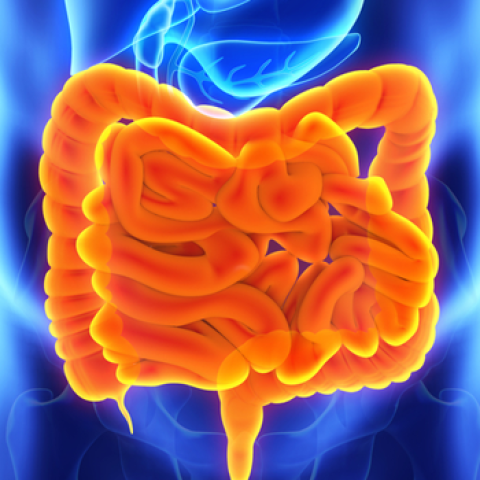Interdisciplinary Initiatives Program Round 8 - 2016
Lucy O’Brien, Molecular & Cellular Physiology
Beth Pruitt, Mechanical Engineering [no longer at Stanford]
Throughout adult life, our body's organs constantly reshape themselves to accommodate changing levels of functional demand. A prime example of organ adaptation is the small intestine, which grows and shrinks to accommodate changes in dietary load. We know that insulin is the molecule that triggers adaptive intestinal growth. We also know that--surprisingly--this insulin is actually secreted by intestinal muscle cells upon feeding. However, we do not know exactly how feeding stimulates intestinal muscle cells to make insulin. This unknown is a crucial missing link in understanding the scientific basis of adaptive intestinal growth. One possible explanation is that, as food transits through the intestine during digestion, mechanical stretching and pushing could stimulate insulin production in muscle cells. Another possibility is that nutrients in the digested food could stimulate muscle cells. Rigorous investigation of these possibilities is exceedingly difficult using conventional methods. First, mechanical forces and nutrient ingestion cannot easily be parsed during normal digestion. Second, identifying and locating the precise molecules that sense and relay the insulin-stimulating signal is difficult with the traditionally-used, rodent or pig intestines because of their limited genetic manipulability.
To overcome these barriers, we propose an innovative, interdisciplinary solution: First, we will use a minimalist invertebrate model, the intestine of the common fruit fly. Fruit fly intestines undergo insulin-triggered adaptive growth similar to mammalian intestines, but their simpler genome can be more quickly and sensitively manipulated. This genetic manipulability will allow us to rapidly identify the molecules that lead to insulin activation. Second, we will build customized devices to distinguish the specific effects of mechanical forces and nutrients in stimulating insulin production. These novel engineering devices include a 'gut microballoon' to stretch the intestine and a system to turn muscle contractions on and off with pulses of light. By combining the fruit flies' genetic manipulability with these unique micro-devices and the controlled administration of specific nutrients or mechanical forces, we will identify the crucial, missing signals that link feeding to intestinal insulin production and pinpoint the molecules that sense and interpret this signal. Because the intestinal physiology and genetics of fruit flies is fundamentally similar to mammals, the answers we uncover will likely be relevant to intestinal adaptation in higher organisms and may carry implications for human conditions such as obesity, diabetes, and short bowel syndrome.


